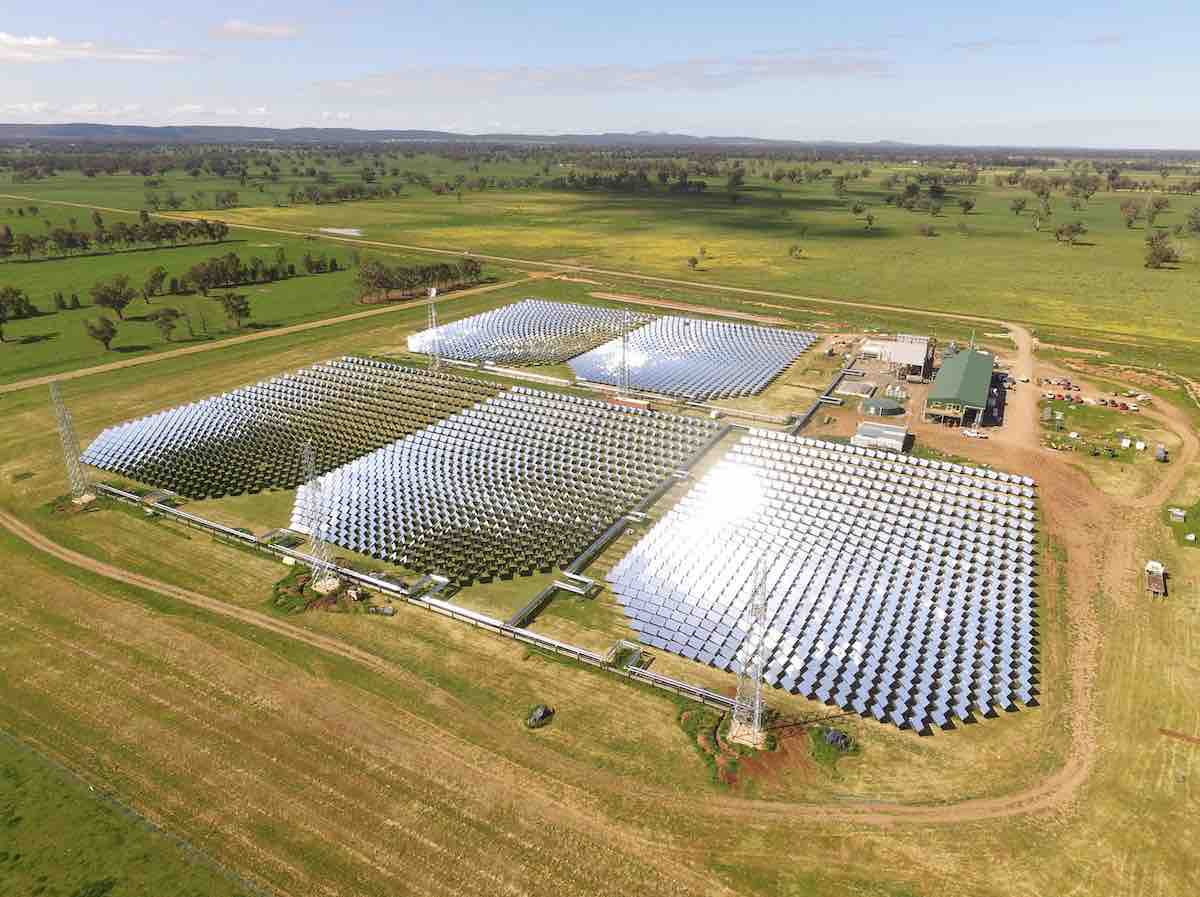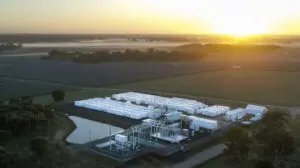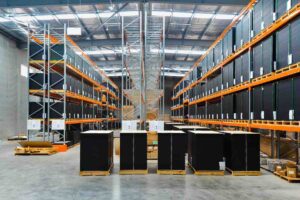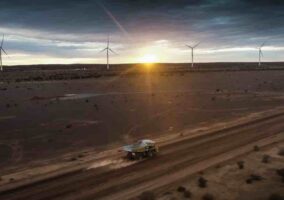The solar thermal industry will get another crack at proving its technology at commercial scale in Australia after the Australian Renewable Energy Agency approved $65 million in funds to Vast Solar’s “first-of-its-kind” concentrated solar power project in Port Augusta.
The 30MW/288MWh project is located on the same piece of land is the ill-fated Aurora project that collapsed several years ago, after US-based SolarReserve was unable to gain enough funds for its 150MW, eight hour project, despite a $100 million grant promised by the federal government.
The Vast Solar facility – to be dubbed VS1 – will be significantly smalle but also a major scale up from the company’s 1.1MW “proof of technology” project in Jemalong, NSW. Vast also hopes to build an even bigger facility at Mt Isa in Queensland.
The promise of the $65 million in funds from ARENA will add to the $40 million pledged by ARENA and Germany to VS1 to supply a proposed solar methanol facility and hydrogen electrolyser in Port Augusta. Vast Solar still needs to find enough funds to meet the anticipated full $203 million cost of the VS1 project.
Solar thermal – or concentrated solar power – technology has shown great promise in Australia, and although some of its solar researchers were among the world’s leaders it has yet to take off.
Several large scale projects were given funds under the Rudd government more than a decade ago but never materialised, and apart from a few demonstration and hybrid projects – some attached to and providing heat to coal fired power stations such as Liddell, little has been done until Vast Solar’s pilot plant at Jemalong.
ARENA CEO Darren Miller said the expansion of Vast Solar’s technology into a commercial scale project shows that CSP technology could play an important role in generating and storing renewable energy at scale.
“With the increasing need for dispatchable renewable generation and longer duration energy storage, CSP has potential to assist Australia’s energy transition alongside pumped hydro and large scale batteries,” Miller said in a statement,
“Vast Solar’s global recognition as a leader in CSP technology innovation, combined with its significant technical and commercial expertise, mean that it is well placed to deliver Australia’s first large scale CSP plant which should deliver power at a cost competitive with other forms of renewable generation.”
CSP uses mirrors to concentrate and capture heat from the sun in solar receivers, with high temperature heat transferred via sodium and stored in molten salt.
The stored heat can then be used to heat water to create steam to power a turbine and produce electricity, and which can be stored over long periods. The heat can also be used directly to decarbonise some industrial processes, such as the proposed solar methanol plant.
Vast Solar is considered a leader because of its modular design – using multiple towers and different fields of solar collectors (so reducing some of the complexity that bedevilled the likes of SolarReserve) and the use of sodium as the heat transfer fluid.
It has also developed its own control systems, can generate higher temperature heat, and in its 1.1MW pilot plant – funded by another $9.9 million grant from ARENA – has delivered greater reliability than other solar thermal technologies.
“We are grateful for ARENA’s long-term support,” Vast Solar CEO Craig Wood said in a statement.
“Their understanding of the potential of our CSP technology is a testament to the Australian Government’s ambition to deliver cost-competitive dispatchable renewable energy to help uphold emissions reductions goals while supporting local jobs and industry.”
Federal energy minister Chris Bowen said making CSP technology viable on a large scale could go a long way to meeting the growing need for dispatchable generation, longer duration storage and energy security.
South Australia is the world’s leader in the uptake of wind and solar – which met an average of 70 per cent of its local electricity demand in the last year – but has nothing in the way of long duration storage, apart from a handful of big batteries either under construction or already in service.
“The scale of the energy transformation underway is massive – it’s great to see an Australian company developing breakthrough technology to create jobs and clean, reliable and affordable power in the regions,” Bowen said in a statement.










